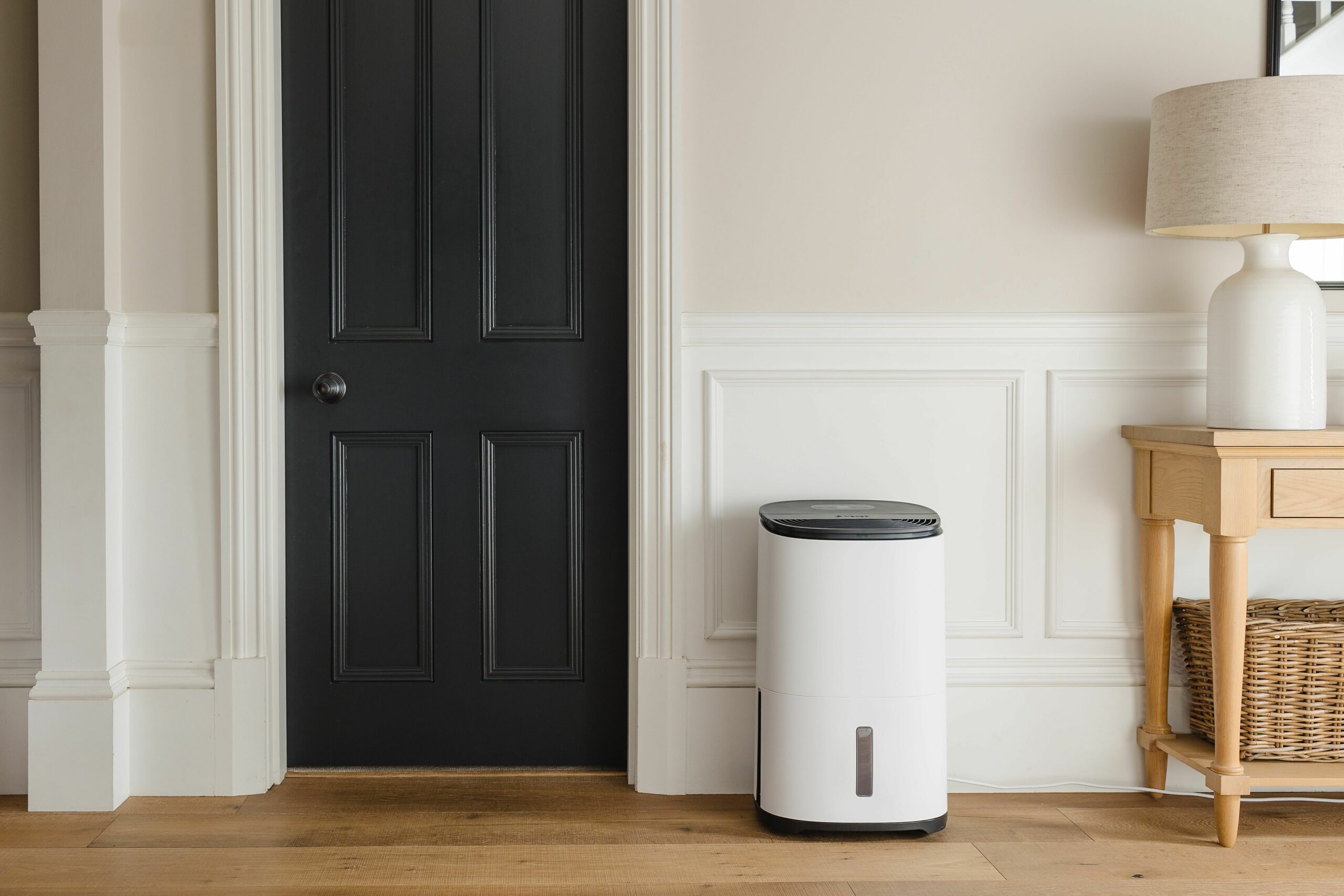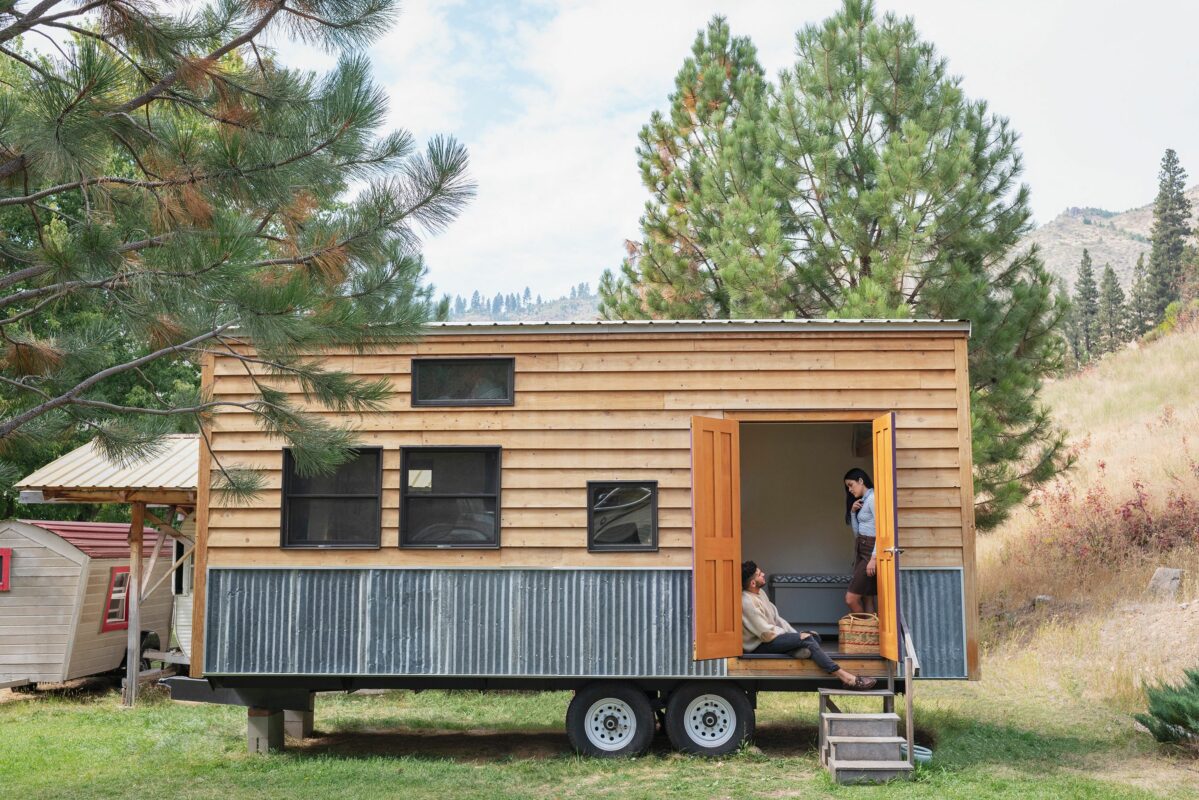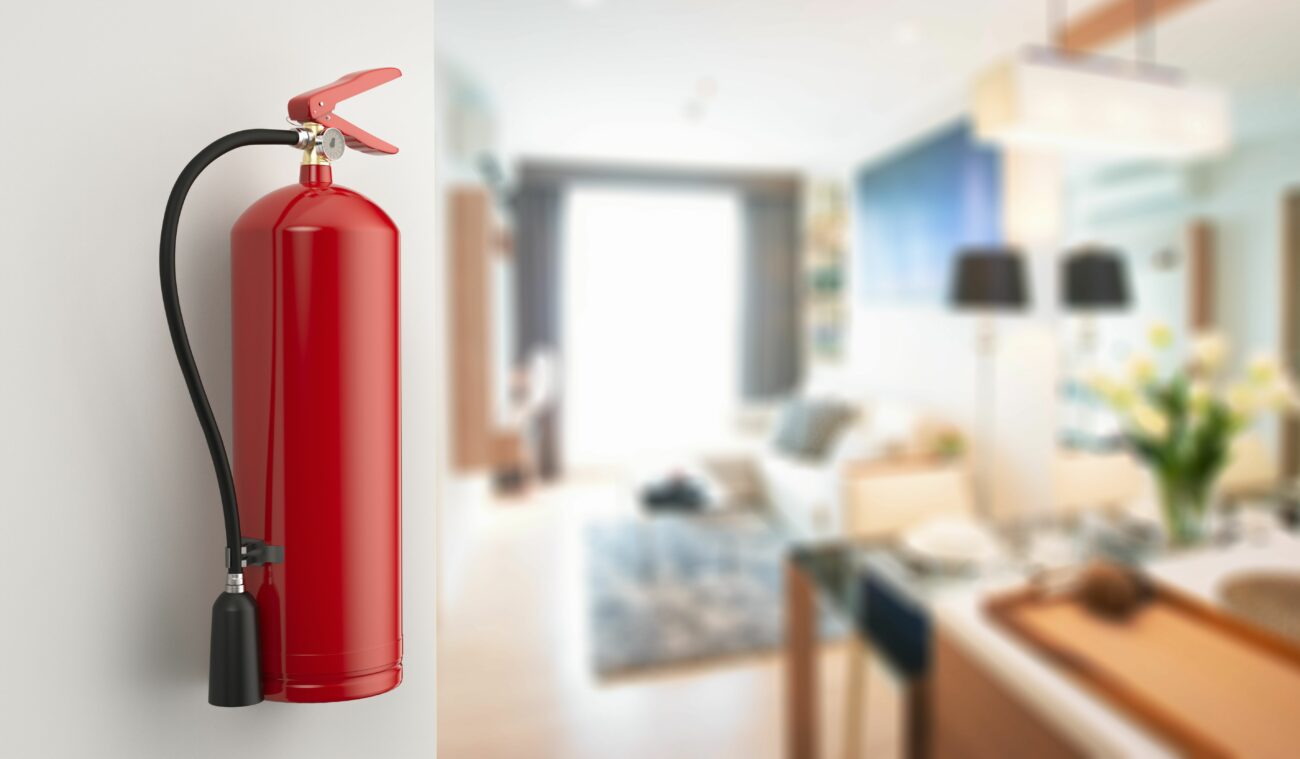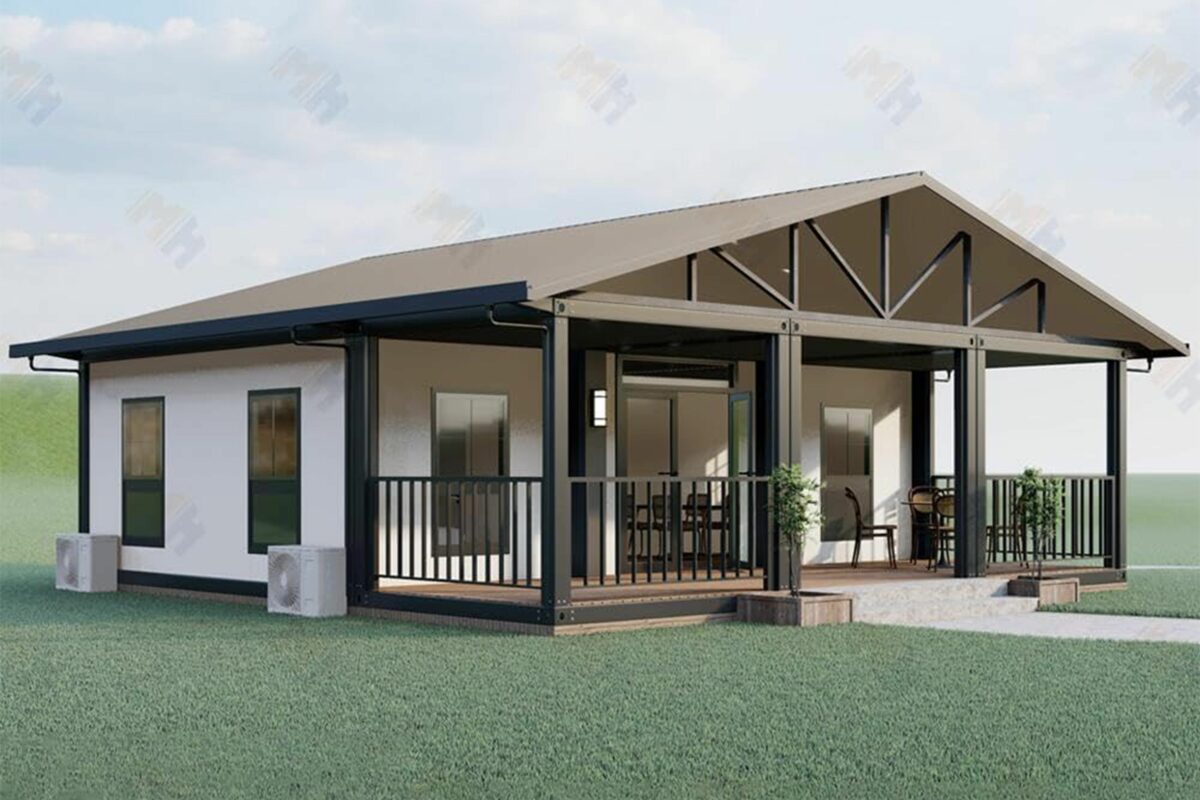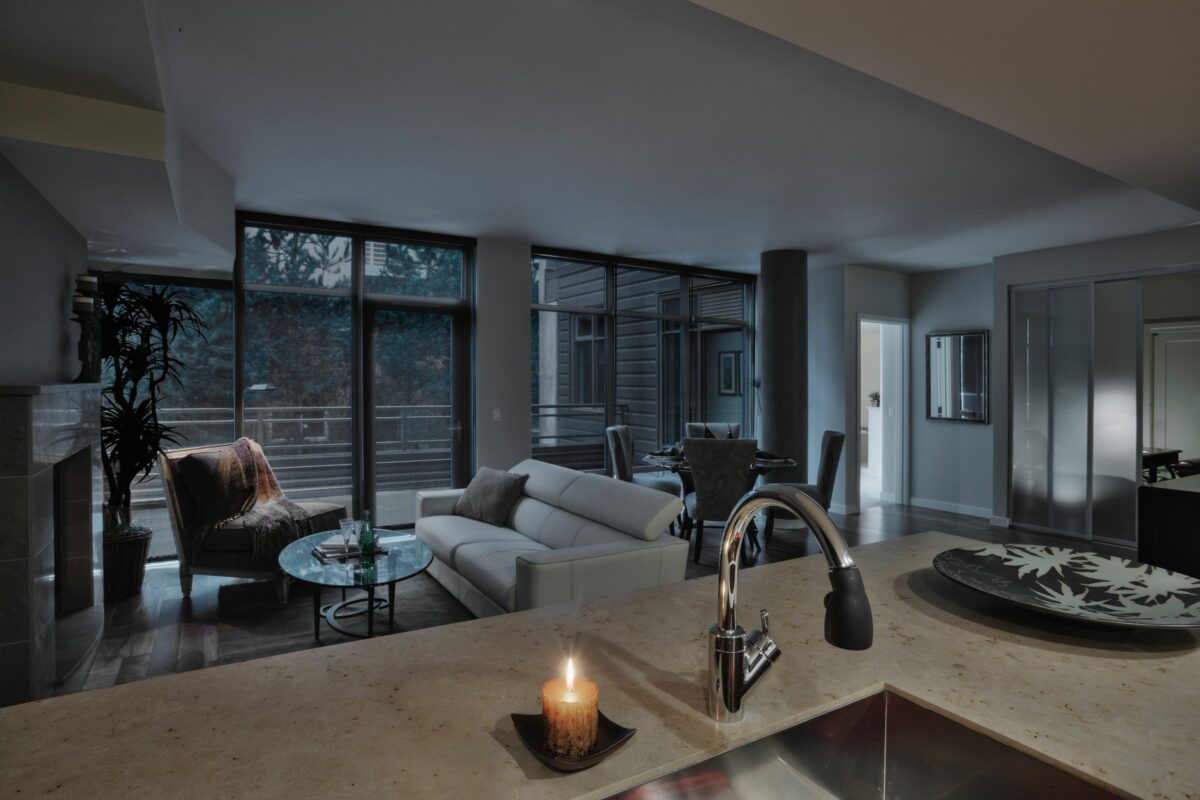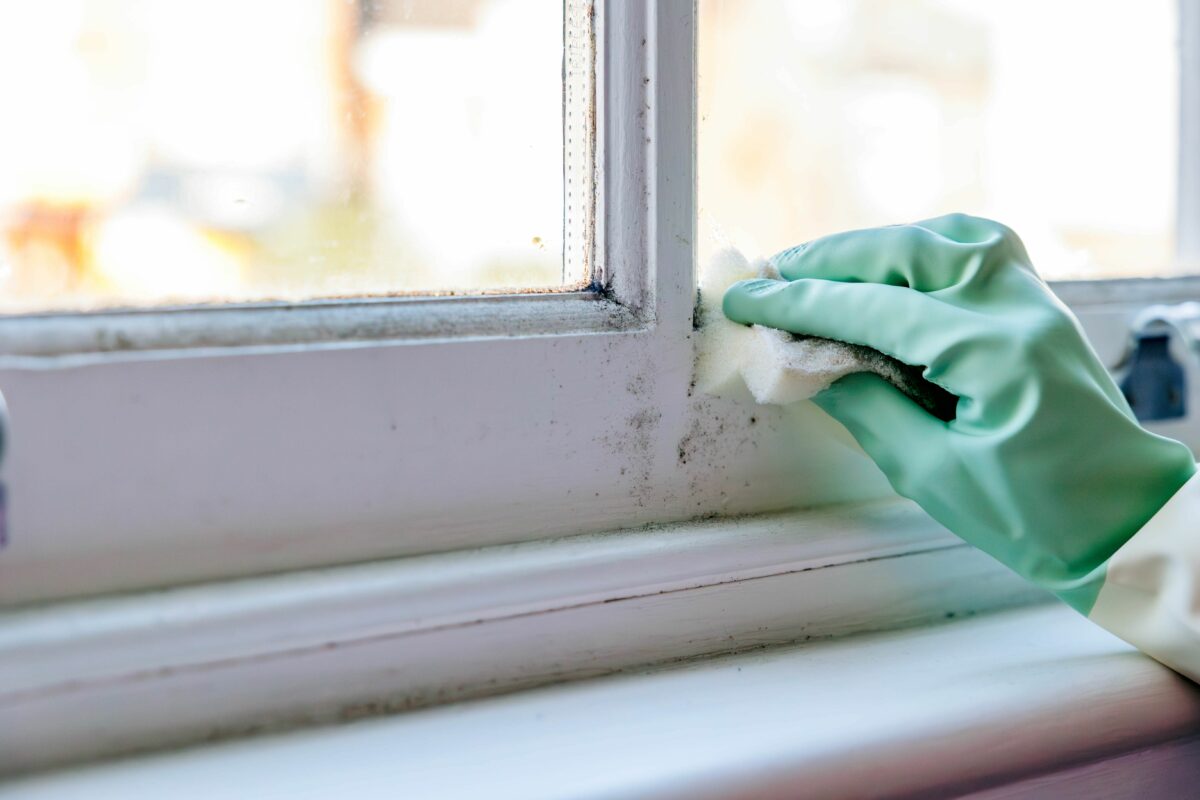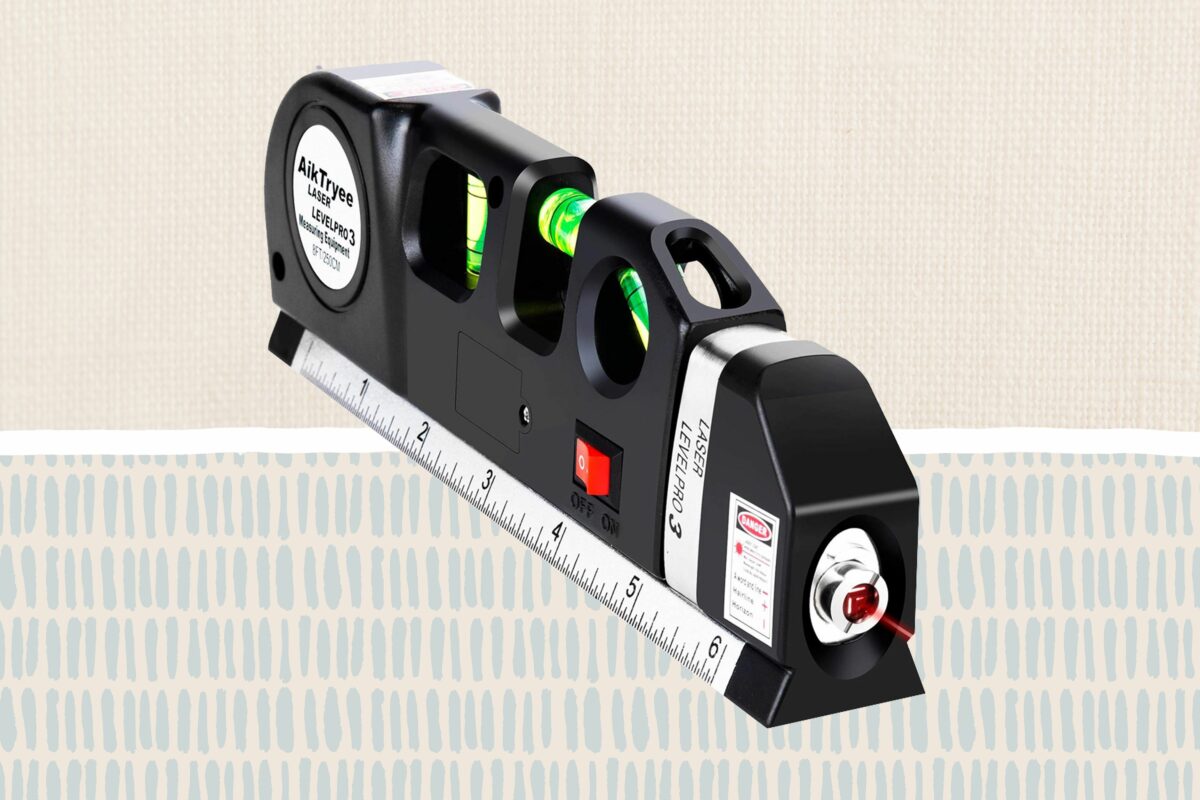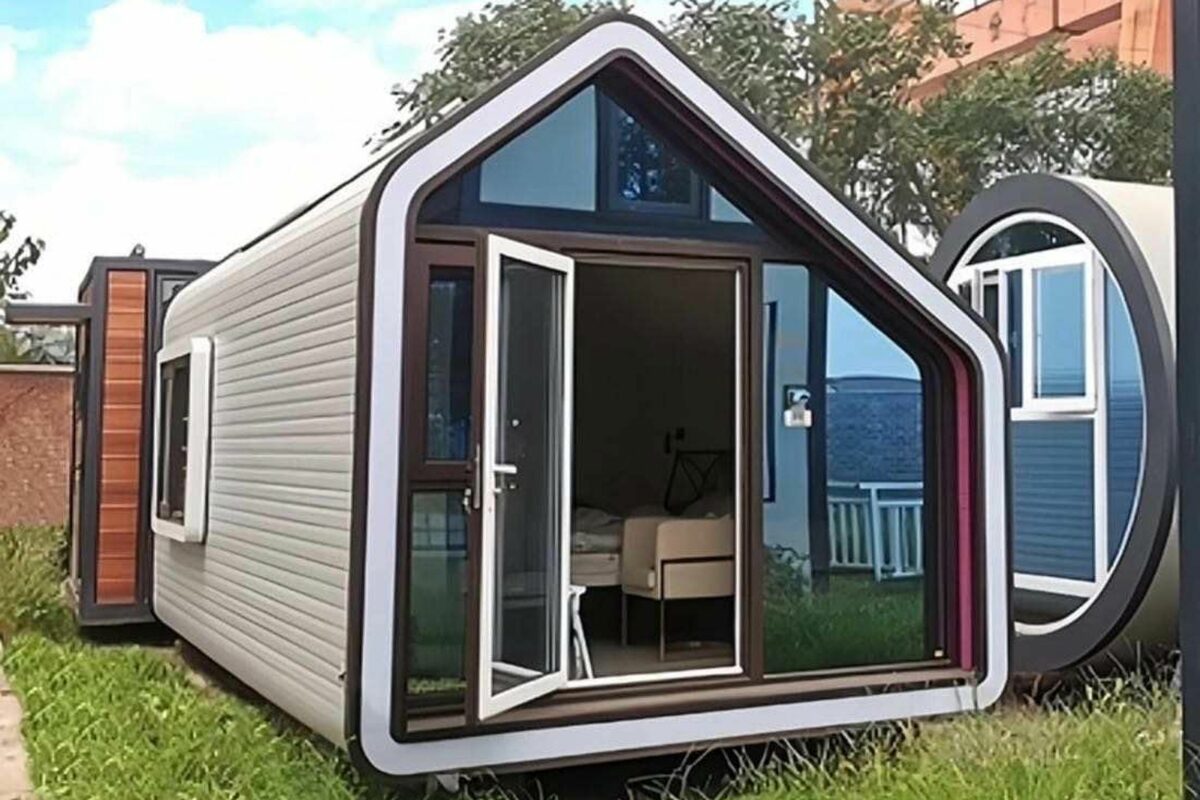When the humidity in a home is too high, homeowners can use a dehumidifier to remove excess moisture that may otherwise condense on the pipes, ductwork, and other cold surfaces. Use this guide to discover what a dehumidifier is and how it works.
What a Dehumidifier Does
Dehumidifiers are home appliances that come in portable and whole-house forms. A dehumidifier reduces the amount of moisture in the air inside a home, making it easier for residents to breathe.
Decreasing the humidity level inhibits mold and mildew growth and reduces the presence of dust mites. Homes that have a problem with condensation can treat the issue with a dehumidifier, which reduces the amount of moisture in the air so cold surfaces, like water pipes or air conditioning vents, don’t end up soaked in condensation on a warm day.
Decreasing the humidity level in the home can also eliminate musty smells and make the home less appealing for millipedes and other pests.
Dehumidifier Types
Dehumidifiers remove moisture from the air around them. The amount of moisture they remove depends on the size, power, and type of dehumidifier. Homeowners can choose the best option based on the recurring frequency of high humidity and the humidity levels inside the home. The three main types of dehumidifiers homeowners choose from when deciding how to address high-humidity problems at home are refrigerant, desiccant, and whole-house dehumidifiers.
Refrigerant Dehumidifier
Refrigerant dehumidifiers draw in warm, moist air and pass it over a series of coils that have been cooled using refrigerant. The coils’ temperature causes the air vapor to condense on the cold surface. The water that collects on the coils drips down into a collection reservoir before the dry air is released back into the room.
Desiccant Dehumidifier
Desiccant dehumidifiers are a good choice for small spaces like a home office. The dehumidifier pulls in the moist air, passing it over a wheel made of a water-absorbing desiccant material, similar to silica gel packs. The desiccant material draws water out of the air, reducing the overall humidity levels in the room. For small, enclosed spaces, like a closet, homeowners can invest in desiccant packets or pouches instead of purchasing a mechanical or electric desiccant dehumidifier.
Whole-House Dehumidifier
Whole-house dehumidifiers are the solution for homes that have widespread humidity problems. Instead of focusing on reducing the humidity levels in a specific part of the home, like a bathroom, laundry room, or kitchen, a whole-house dehumidifier is built into the central HVAC system, allowing the dehumidifier to treat all the air in the home. These systems are significantly more expensive than portable dehumidifiers and usually require professional installation.
Benefits of a Dehumidifier
Investing in a dehumidifier for the home has many benefits. Consider these benefits when deciding if a dehumidifier is right for your home. A dehumidifier can:
- Protect valuable items from high ambient moisture levels. A dehumidifier keeps books, clothes, and certain types of food in good condition when they are stored indoors.
- Reduce the risk of warping or rusting pipes, vents, hinges, and other metal objects due to excess condensation and moisture in the air by using a dehumidifier. It decreases the humidity level, helping to protect these vulnerable surfaces from long-term corrosion.
- Stop condensation from peeling the wallpaper or causing the paint to blister due to excess moisture in the air, on the walls, and on the ceilings. A dehumidifier treats ongoing moisture problems indoors.
- Eliminate mold and mildew. A dehumidifier reduces the humidity indoors and gets rid of musty odors. Without a high level of moisture, mold and mildew have a difficult time growing or spreading.
- Prevent dust mites and other invading pests, like millipedes, centipedes, or termites, from moving into the home by reducing the overall moisture levels indoors. These pests tend to prefer high-humidity areas, like the laundry room, bathroom, or kitchen, but with a dehumidifier decreasing the humidity, the home becomes less appealing.


